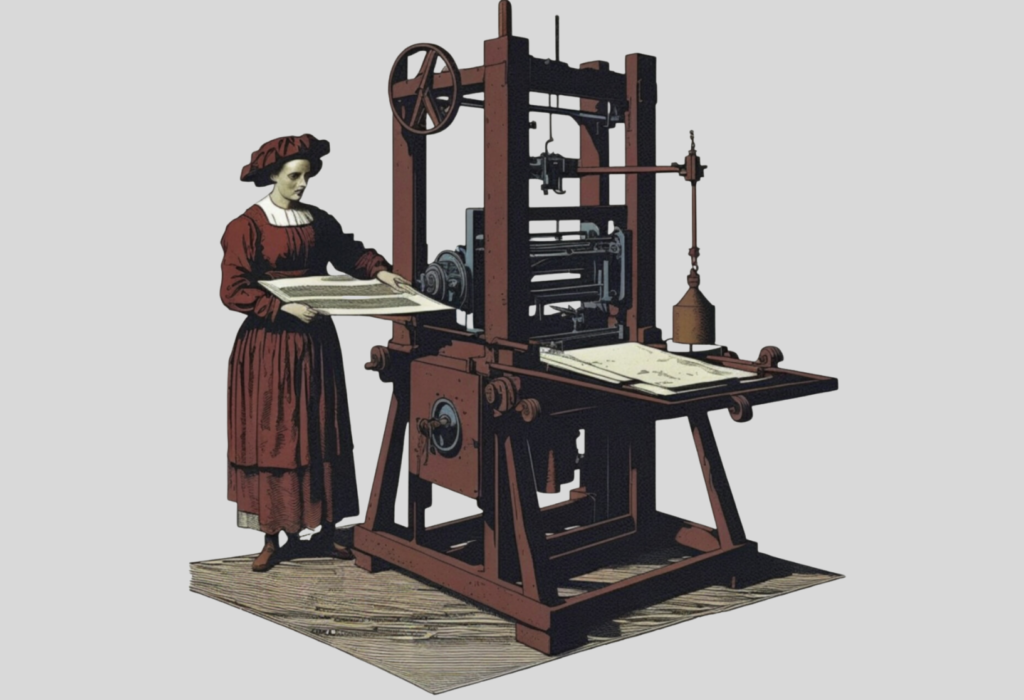priceless-stories.org – Books have been a cornerstone of human civilization, serving as repositories of knowledge, entertainment, and enlightenment. The evolution of the book from its ancient origins to the digital age is a fascinating journey that mirrors the progress of human society. This article explores the transformation of the book from papyrus scrolls to the digital screens of e-readers and tablets, highlighting the key milestones in this evolution.
The Dawn of Writing:
The story of the book begins with the invention of writing around 3200 BCE in ancient Mesopotamia. The Sumerians used cuneiform script, pressing reed styluses into clay tablets. These tablets were heavy, cumbersome, and not ideal for lengthy texts. The need for a more portable writing material led to the development of papyrus in ancient Egypt around 3000 BCE. Papyrus scrolls, made from the papyrus plant, allowed for longer texts and were easier to store and transport.
The Codex Revolution:
The next significant evolution came with the codex, a bound collection of pages. The Romans adopted the codex format from the wax tablets they used for writing. By the 4th century CE, the codex had largely replaced the scroll, thanks to its durability, ease of use, and the ability to access information more quickly. The spread of Christianity also played a role, as the codex format was better suited for the Bible and other religious texts.
The Printing Press:
The invention of the movable type printing press by Johannes Gutenberg in the mid-15th century was a revolutionary moment in the history of the book. It made books cheaper and more accessible, leading to a surge in literacy and a democratization of knowledge. The printing press facilitated the spread of the Renaissance, the Reformation, and the Scientific Revolution, shaping the modern world.
Industrialization and Mass Production:
The Industrial Revolution brought further advancements in printing technology, including the steam-powered printing press and the rotary press, which could print on continuous rolls of paper. These innovations allowed for mass production of books, making them available to a wider audience. The 19th and 20th centuries also saw the rise of public libraries and the publishing industry, further cementing the book’s role in society.
The Digital Age:
The late 20th and early 21st centuries witnessed the digital revolution, which transformed the book once again. The advent of the internet and digital text allowed for the creation of e-books, which could be read on computers, dedicated e-readers, and mobile devices. E-books offered convenience, portability, and instant access to a vast library of titles. The introduction of e-readers like the Amazon Kindle and the Barnes & Noble Nook, along with the proliferation of tablets and smartphones, made digital reading ubiquitous.
The Impact of Digital Books:
Digital books have had a profound impact on the publishing industry, changing the way books are produced, distributed, and consumed. They have also raised questions about the future of physical books and the tactile experience of reading on paper. Despite the rise of digital media, many people still prefer the traditional book for its aesthetic and sensory qualities.
Conclusion:
The evolution of the book from papyrus scrolls to pixels is a testament to human ingenuity and our insatiable appetite for knowledge. Each stage in the book’s development has been driven by technological advancements and societal changes. While the digital age has brought new forms of reading and distribution, the enduring appeal of the physical book suggests that both formats will coexist, offering readers a choice that reflects the diversity of human preferences and reading habits. As we continue to innovate, the book, in whatever form it takes, remains a vital link to our past, a companion in the present, and a guide to our future.
